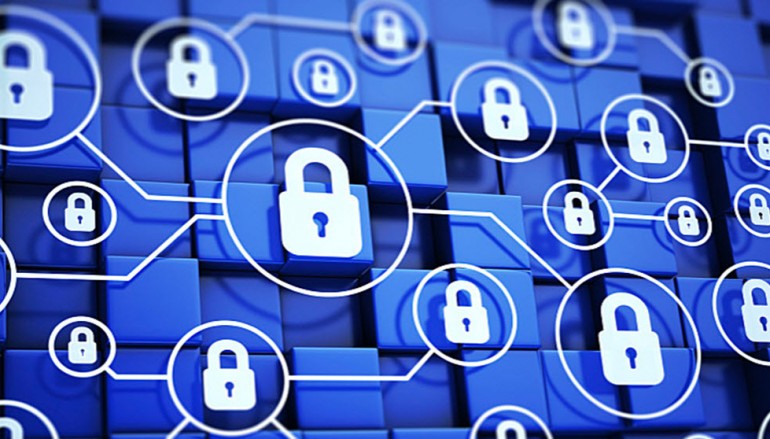
A Simpler, More Dynamic Way to Manage Endpoints
As workplaces grow larger, networks get more complex and the workforce becomes mobile, IT departments have become responsible for managing thousands of computing endpoints — but they are inhibited in that task by redundant technologies and fragmented point solutions.
On top of making it difficult for IT departments to keep track of simple information, such as the current number of laptops in rotation, these sprawling environments also leave organizations vulnerable to increasingly advanced cyberattacks.
Fortunately, there are new, unified approaches to help manage endpoints available. These solutions consolidate information across heterogeneous devices and operating systems. In the process, they enhance security and compliance, reduce costs and IT workload and increase visibility across the entire endpoint infrastructure.
What You Need to Manage Endpoints
To find an effective, automated endpoint management solution that meets the needs of your organization, it’s essential to first know what to look for.
Real-Time Infrastructure Analysis
Periodically gathering information on the state of your infrastructure simply isn’t adequate to effectively manage a large and growing number of endpoints. With that state constantly evolving, an endpoint management solution should provide organizations with real-time awareness about changing conditions as well as aggregated statistics and usage information in as close to real time as possible.
Unified Management
Today, the ideal endpoint management solution is one that reduces clutter, inefficiencies and the expense that accompanies multiple tool sets. That’s why it’s essential to find a solution that optimizes processes by bringing them together under a single management umbrella, providing policy-based installation of security updates and software packages, closed-loop verification and the ability to manage software distribution across multiple platforms from a single point of control.
Regulatory and Cyber Confidence
In addition to growing in complexity, cyberattacks are also increasing in speed. To respond in time and limit damage, organizations need an endpoint security infrastructure that includes a data loss prevention (DLP) solution.
With this type of unified solution in place, organizations can not only better address the risks associated with security threats, but also control costs, manage complexity and limit the burden on staff while simultaneously ensuring regulatory compliance.
Mobile Platform Management
While the proliferation of mobile devices enhances workers’ freedom and flexibility, the same can’t be said for the IT departments tasked with securing them. To simplify this process, organizations should avoid implementing discrete mobile infrastructures and instead look for a unified solution that accounts for the needs of traditional and mobile endpoints alike.
Green IT
Endpoint management can also help organizations save energy. By combining power management with remote wake-up capabilities, these solutions can marry the needs of both management and IT, allowing for superior energy conservation while avoiding disruptions in systems management.
Smarter Endpoints
Many endpoint management solutions now have the capability to place an intelligent agent on each of an organization’s endpoints, enabling continuous self-assessment and policy enforcement.
These smart endpoints don’t require instructions from a central control point. Instead, they initiate actions autonomously, sending messages upstream to the central management server and retrieving patches, configurations and other information as required. This single-agent, single-console, single-management server approach to endpoint management can help organizations get the most out of their computing assets.
If you’d like to learn more about how to manage endpoints today and how solutions can benefit your organization, sign up for our upcoming May 25 webinar, “Welcome to the Next Phase of Endpoint Management.”
Source | SecurityIntelligence



